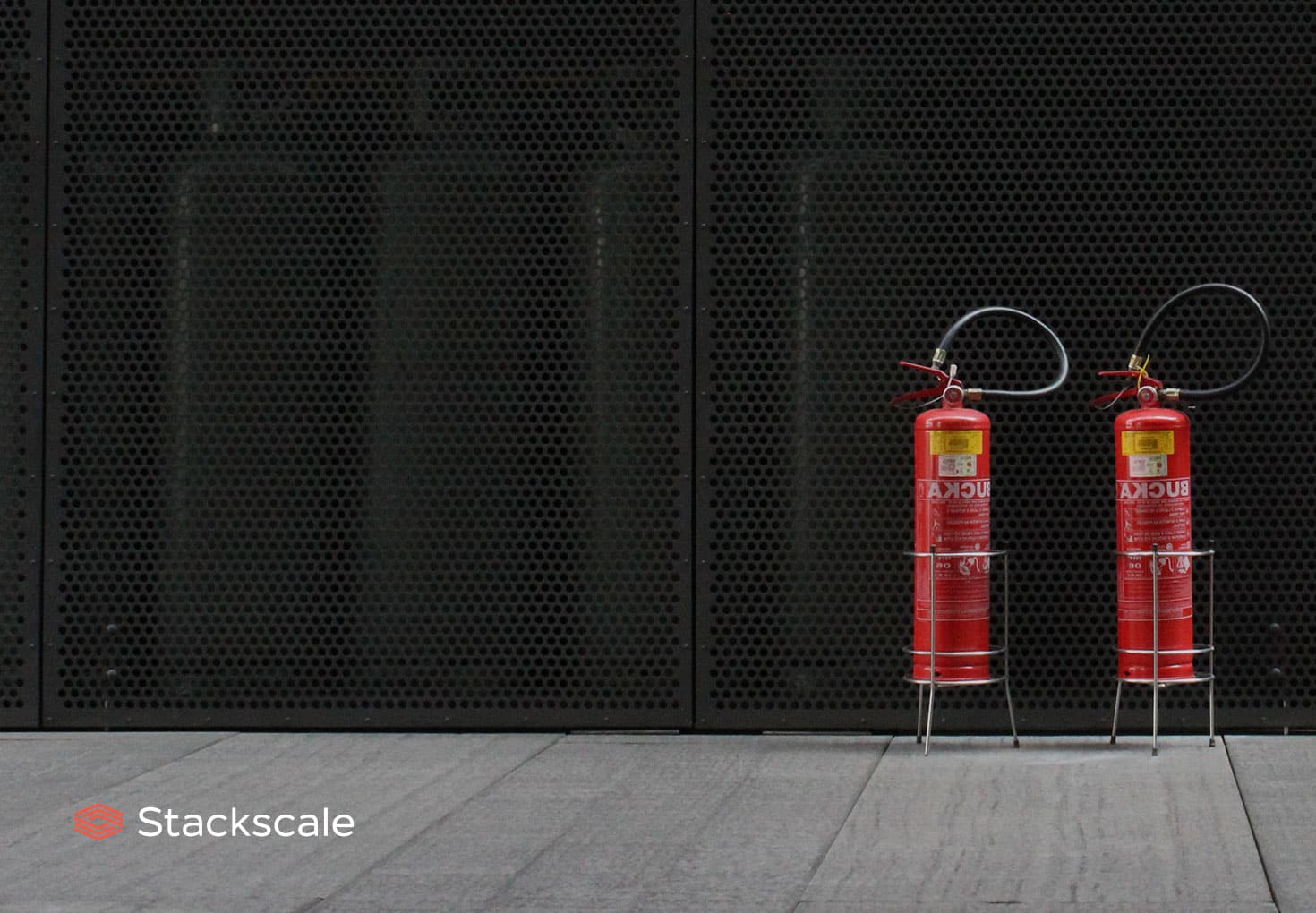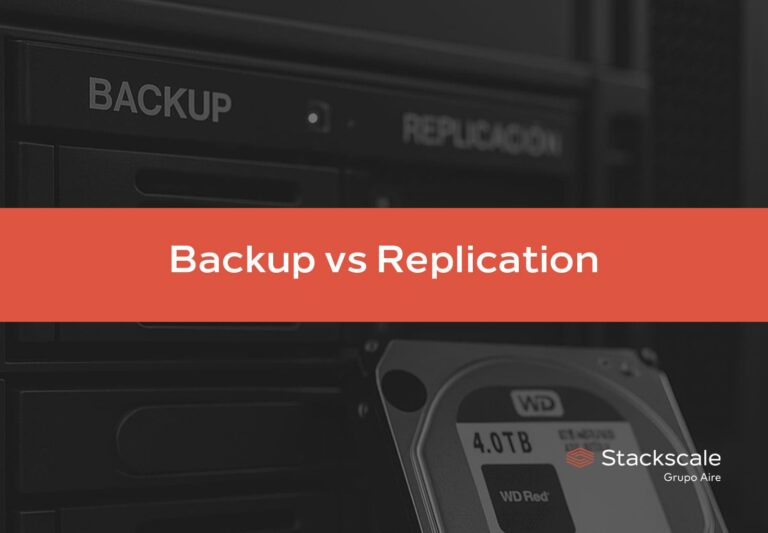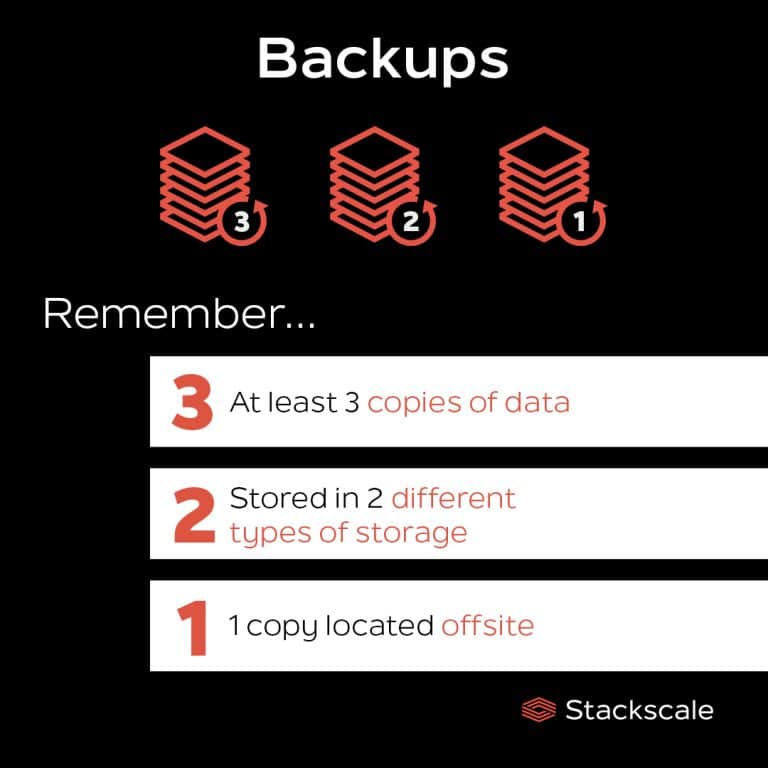Data center fires are rare but they are also a good example of how important Disaster Recovery planning is. Most fires in data centers are quickly located at the source, allowing the equipment to be isolated and the damage contained to a small area. But their impact can be catastrophic if they are not quickly contained. That is why fire safety is always a top priority for service providers. Service providers take Disaster Recovery planning very seriously and companies should do so too.
A data center fire can be the end for many businesses if they do not have a proper business continuity and Disaster Recovery Plan (DRP). Data centers’ statistics are outstanding, allowing them to offer additional reliability and close to 100% availability. However, it is not possible to guarantee that nothing will ever go wrong. There will always be risks, no matter what we do or choose. So, the difference will lie in what we do to protect our business against those risks.
What can cause a fire in a data center?
Fire safety is one of the top concerns for data center providers. Fires in data centers can be caused by many factors, both inside and outside the facilities. That is why fire prevention and suppression systems are so carefully designed in data centers. These are some of the fire hazards in a data center:
- Short-circuits and electric overloads.
- Wiring and equipment overheating.
- Lack of surveillance and maintenance.
- Staff/Customer negligence.
- Lighting strike.
- Intentioned hazards, sabotage.
Fires can also originate outside the data center due to external hazards as simple as an accidental fire in the parking lot or in adjacent buildings.
Which fire prevention measures are implemented in data centers?
Big data center facilities provide a level of security and redundancy that is difficult to replicate at a smaller scale. The data centers where cloud service providers as Stackscale host their infrastructure implement numerous fire safety mechanisms, far beyond fire extinguishers and hydrants. These are some of the measures implemented in our data centers in Madrid and Amsterdam:
- Early fire detection (VESDA), detecting smoke before major damage occurs.
- Smoke detectors on ceilings and below raised floors.
- Nebulized water or gas-based fire suppression systems, and additional tools such
- as fire extinguishers and hydrants.
- RF90 fire retarding walls.
- 24/7 on-site security staff.
- Video surveillance and CCTV with image retention.
- Biometric readers and proximity access cards.
- Motion and door opening detectors.
- Access restricted to authorized personnel.
- Building management and alarm monitoring via BMS.
- Redundant cooling with relative humidity control and temperature monitoring.
- Certifications and security protocols.
How frequent are data center fires?
As mentioned at the beginning, fires in data centers are rare. According to Uptime Institute’s database of publicly recorded incidents worldwide, there have been 13 fires in data centers over the past five years. Although the database only includes those events that have received media attention.
Many outages are often caused by fire suppression equipment and, in most cases, fires are quickly contained. Risk assessments, VESDA systems, fire barriers and other fire safety measures play an essential role in preventing fires and reducing damage.
How can companies be protected against a fire in a data center?
Regardless of the fire prevention techniques and fire protection equipment used in the data center, every customer is responsible for having and maintaining their own Disaster Recovery plan. Either internally or relying on a service provider like Stackscale.
The adoption of easily configurable backup and DR solutions is a good starting point. However, it is also recommended to rely on an infrastructure reserved for DR purposes. With the right infrastructure for Disaster Recovery and backup schedule, companies can restore their backups and replicas in a different location faster, in case of an emergency in the primary data center.
Georeplication for better business continuity
Moreover, to make Disaster Recovery easier for our customers, at Stackscale we georeplicate network storage volumes by default; in addition to offering volumes which are specially designed for backups and archival. We do so because we strongly recommend to rely on geographically distant backups to be protected against a wider range of emergencies. We do so by leveraging our data centers network in Europe. Stackscale currently has three data centers in Madrid and two data centers in Amsterdam.
To sum up, to guarantee business continuity, it is essential for companies to rely on high-quality data centers and to design and maintain a DRP adapted to their project. Service providers deliver a best-efforts service. So, they do everything possible to fix what can be fixed whenever a fire or any other disaster happens in their data center. However, that does not exempt businesses from having their own Disaster Recovery plans.
Are you looking for a competitive Disaster Recovery solution? Please contact us for a custom-made quote.





